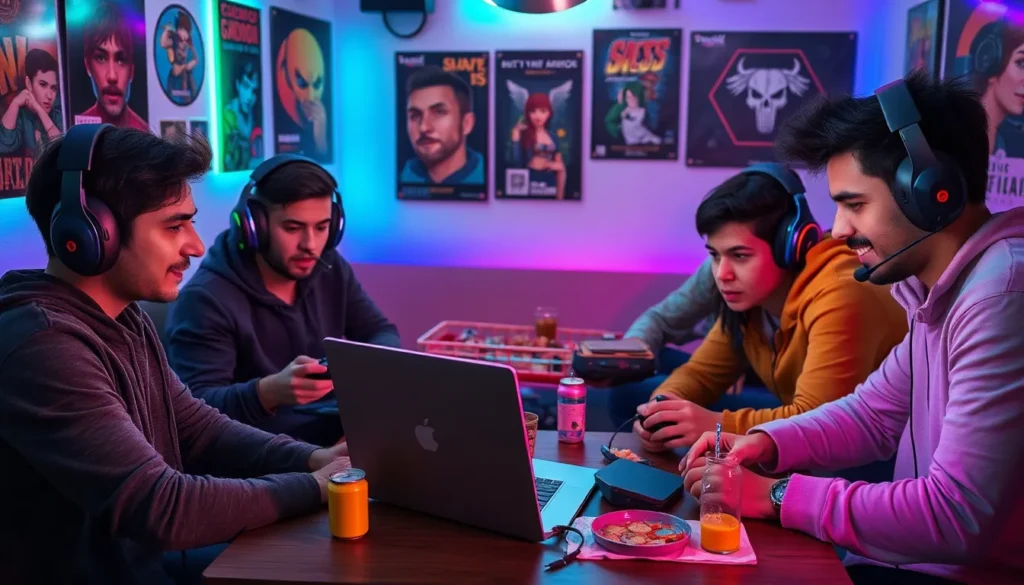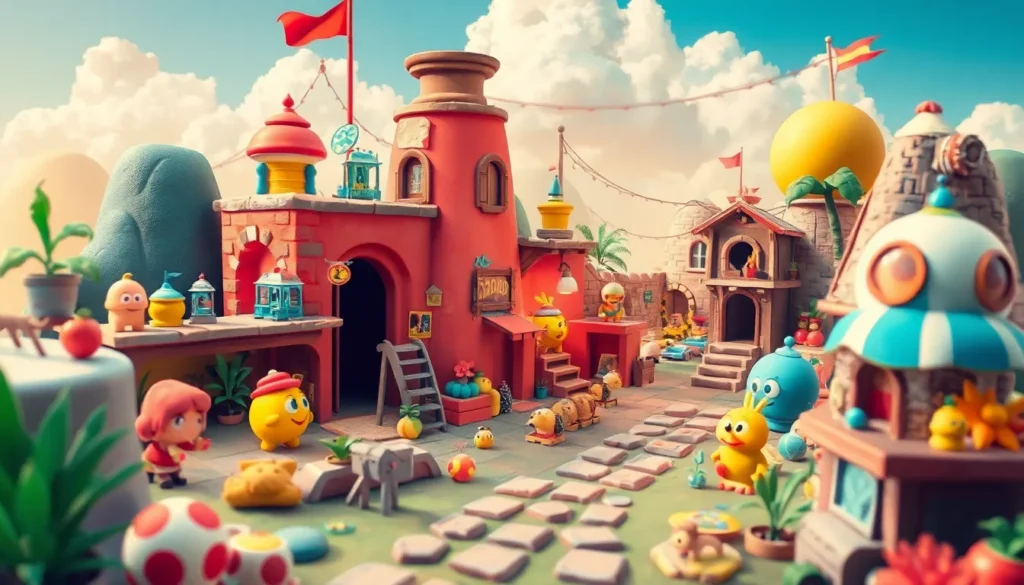Table of Contents
ToggleIn a world buzzing with distractions, finding time for creativity can feel like searching for a needle in a haystack—if that needle were also juggling flaming torches. But what if there’s a way to turn that chaos into a structured playground for the imagination? Enter the concept of structuring creative time. It’s like giving creativity a cozy little home where it can thrive without the clutter of everyday life.
Understanding Structure Creative Time
Structuring creative time enhances focus and promotes innovation. This strategic approach allows individuals to tap into their creative potential in a systematic manner.
Definition and Importance
Structured creative time refers to designated periods dedicated to engaging in creative activities. It emphasizes the need for organization to foster an environment conducive to imagination. This approach recognizes the necessity of prioritizing creativity within a busy schedule. It also highlights how a structured environment can minimize distractions, allowing for deeper exploration of ideas. Emphasizing the importance of routine, structured creative time provides individuals a reliable space for inspiration.
Key Components
Several components contribute to effective structured creative time. First, defining clear objectives helps streamline the creative process. Second, establishing a specific location free from distractions enhances focus. Third, setting a consistent schedule promotes habit formation. Time blocks can be allocated in short, manageable sessions, increasing productivity. Additionally, utilizing tools such as notebooks or digital devices aids in capturing ideas. Lastly, incorporating breaks prevents burnout, maintaining a fresh perspective throughout the creative process.
Framework for Implementing Structure Creative Time
Creating a framework for structured creative time enables individuals to foster creativity more effectively. By establishing clear guidelines and boundaries, it’s possible to maximize the benefits of dedicated creative periods.
Setting Goals and Objectives
Specific, measurable goals provide direction during creative sessions. Individuals should identify what they want to achieve before starting each session. For example, setting objectives like developing three new ideas or completing a draft encourages focus. Tracking progress can also enhance motivation, helping to reinforce the intention of each creative period. Utilizing a goal-setting framework like SMART (Specific, Measurable, Achievable, Relevant, Time-bound) can clarify objectives. Regularly revisiting these goals keeps the creative process aligned with broader aspirations and nurtures a sense of accomplishment.
Balancing Freedom and Structure
Achieving a balance between creative freedom and structured time increases productivity. Creative sessions thrive when individuals feel free to explore ideas without constraints. However, too much freedom can lead to chaos. Establishing flexible structures encourages exploration while providing a framework for productivity. For instance, allocating short time blocks within longer periods allows for experimentation while keeping creative efforts focused. Setting loose parameters for projects helps maintain flow without stifling imagination. Ultimately, this balance allows individuals to cultivate a rich creative environment that respects both spontaneity and organization.
Techniques to Enhance Structure Creative Time
Creating a structured approach to creativity leads to better results and increased satisfaction. Several techniques can help individuals optimize their creative time effectively.
Time Management Strategies
Utilizing specific time management strategies boosts productivity during creative sessions. Setting designated time blocks for creativity allows individuals to immerse themselves fully without interruptions. Prioritizing high-energy times of day, such as mornings or late afternoons, maximizes effectiveness. Implementing techniques like the Pomodoro Technique, which includes 25 minutes of focused work followed by a 5-minute break, enhances focus and reduces burnout. Scheduling these blocks consistently helps develop a habit, solidifying creativity as a foundational element of daily routines. Tracking time spent on creative projects aids in assessing progress, ensuring that goals remain attainable and visible.
Creative Exercises and Activities
Engaging in targeted creative exercises cultivates inspiration and freshness in thought. Brainstorming sessions encourage the flow of ideas, prompting participants to generate numerous concepts without judgment. Incorporating art-based activities, such as drawing or collage-making, fosters a non-linear path for expression, encouraging diverse thinking. Participating in collaborative projects introduces different perspectives, enriching the creative process. Further, implementing daily journaling or mind mapping helps individuals visualize their thoughts and organize them coherently. These activities promote an innovative mindset, enabling exploration and experimentation while maintaining structure around creative endeavors.
Case Studies and Examples
Structured creative time proves effective across various fields. In technology, companies like Google allocate time for employees to innovate, resulting in products like Gmail. Similarly, major advertising agencies encourage creative brainstorming sessions, fostering fresh ideas that drive campaigns.
Successful Implementation in Various Fields
Marketing teams benefit from structured creative time by utilizing dedicated brainstorming workshops. These sessions allow members to generate ideas within time constraints, enhancing productivity. Schools implement creative time through project-based learning, allowing students to explore subjects deeply while developing critical thinking skills. Organizations like IDEO design spaces that encourage collaboration and innovation, facilitating smoother project development.
Lessons Learned from Creative Professionals
Creative professionals emphasize the importance of maintaining a balance between structure and freedom. Designers at firms like Apple note that setting specific goals directs their creative process while still allowing for exploration. Authors find that scheduled writing sessions cultivate consistency, which leads to better output. Artists frequently utilize dedicated blocks of time for art creation, noting that this organizes their thoughts and enhances creativity.
Structuring creative time is essential for unlocking one’s full imaginative potential. By creating a dedicated environment and establishing clear objectives, individuals can navigate the chaos of daily life while fostering creativity. The balance between structure and freedom allows for exploration without losing focus.
Implementing effective time management strategies enhances productivity and encourages innovative thinking. Whether through designated time blocks or targeted exercises, structured creative time empowers individuals to generate fresh ideas and explore their passions deeply. Embracing this approach not only enriches the creative process but also leads to greater satisfaction and fulfillment in one’s artistic endeavors.







